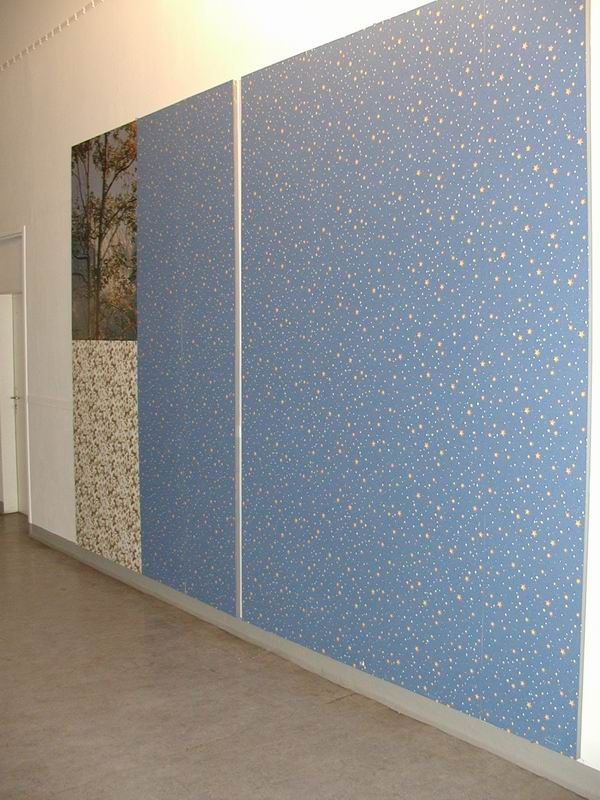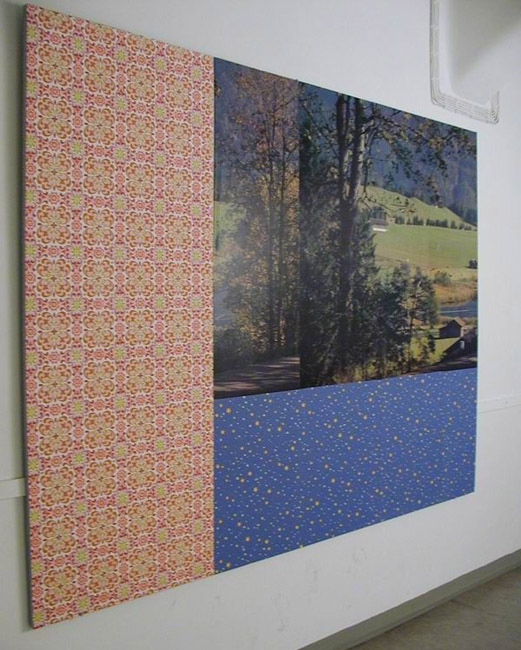
Despite this reasonable description of frames, (one that even appeals to designers), in mass consciousness they still belong in the amateur world. In the latter part of the 90's they were used with enthusiasm in both the professional and vernacular web and I think they belong to this period. I wouldn't even mention them in the context of this article if not for two important things.
Firstly, frames are really the peoples subject. They're a unique component of the Hyper Text Markup Language and everyone has something to say about them. Frames provide a common ground for professionals and amateurs, early adopters and newcomers. I don't know how it happened but anyone who's seen the web has an opinion. Everyone's experienced them and has a ironic comment. Frames are part of the web's folklore.
"Should you use frames?" This question was submitted by the editor to designtimeline.org, and had one of the greatest number of responses. In a thousand years when the database is decoded by aliens, (or archaeologists), they'll conclude the web was actually just a lot of frames.
Secondly, frames create a very recognizable visual pattern. In general when graphic design makes reference to web design the frame layout is commonly used. (For example: the print ads by Amazon or budget airline ticket booking forms in a newspaper Travel section). The division of the surface into frame-like segments stands for the web in the same way a score display stands for video game screens or a blinking cursor on the command line stands for a hacker in a Hollywood movie.
In 2003 the students of the Merz Akademie celebrated the First Ten Years of the WWW by creating an exhibition of objects that symbolized the landmarks of the web's history. The tribute to wallpapers consisted of a huge board of real wallpaper, (from OBI), arranged in a frame style layout. Even in this simple construction it was clearly the skeleton of a web page.


Although frames aren't widely used anymore they remain a very natural web design element that are even more recognizable than the classic table layout.